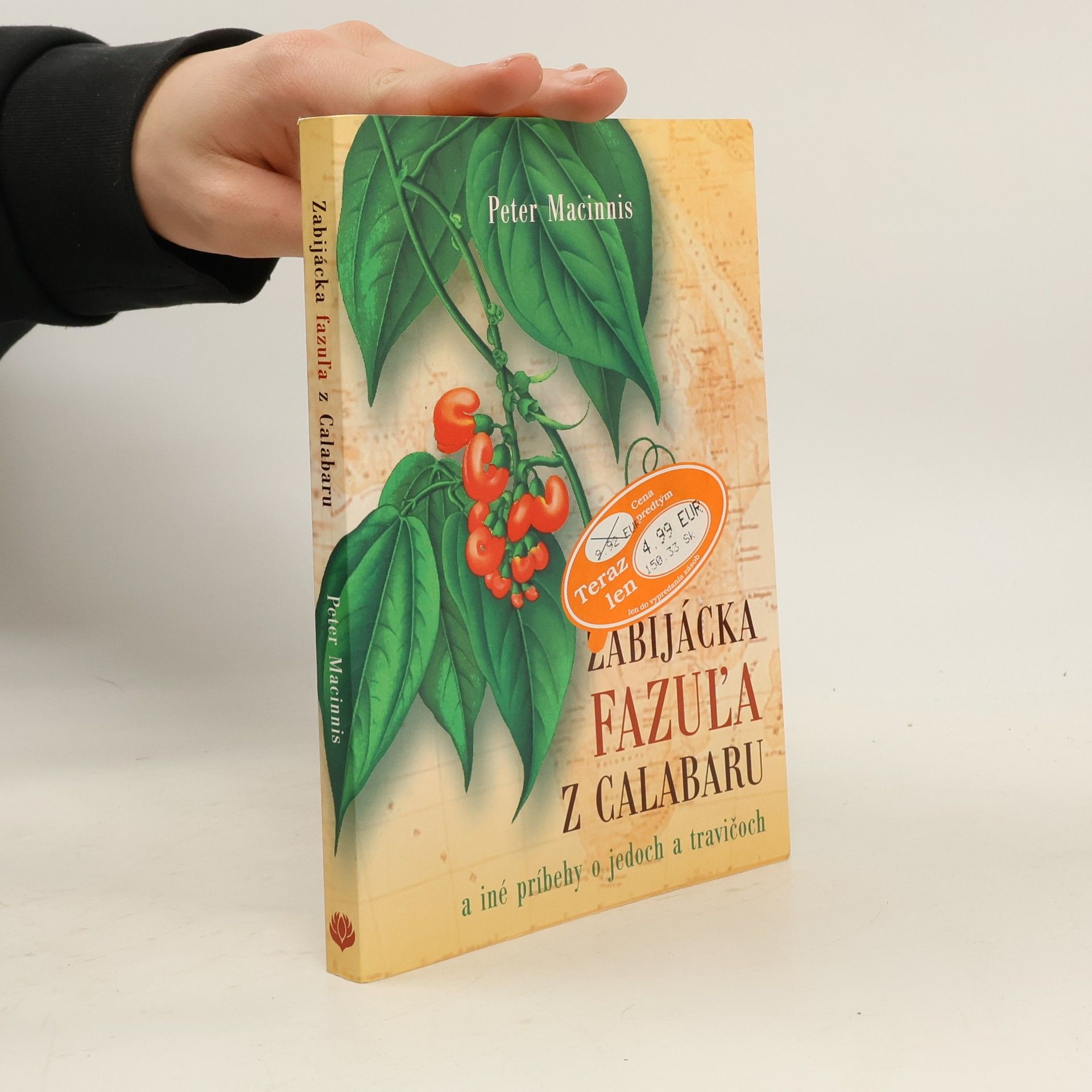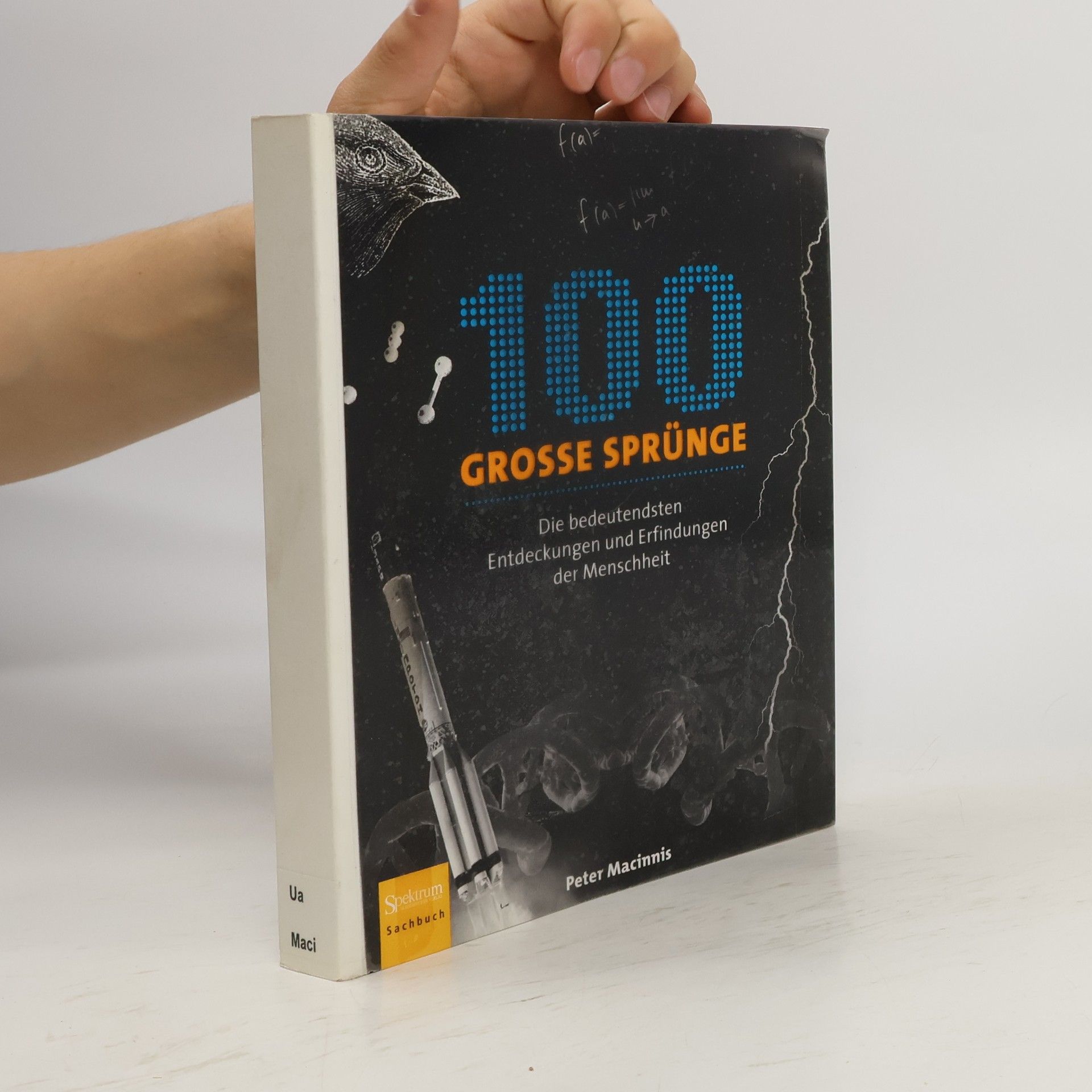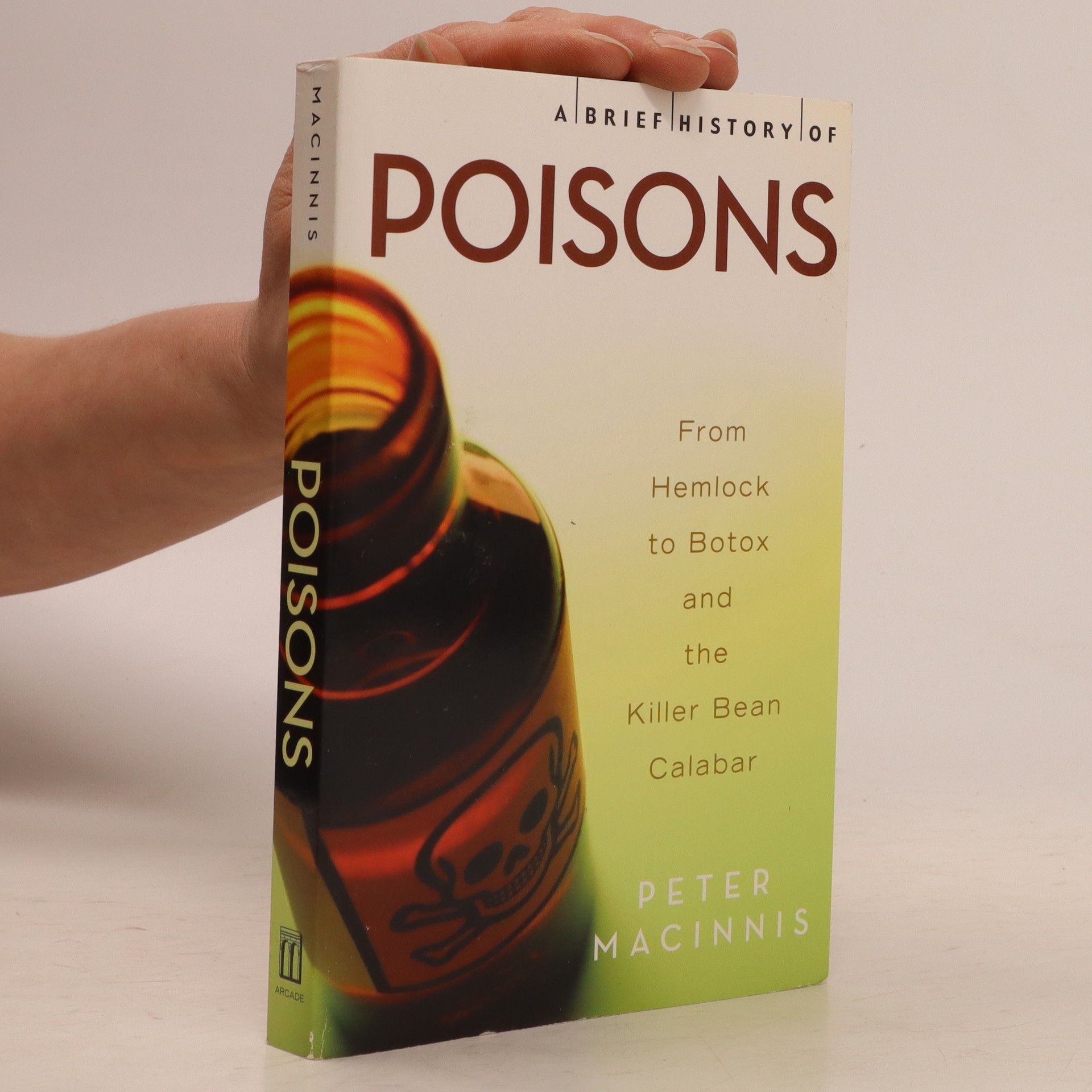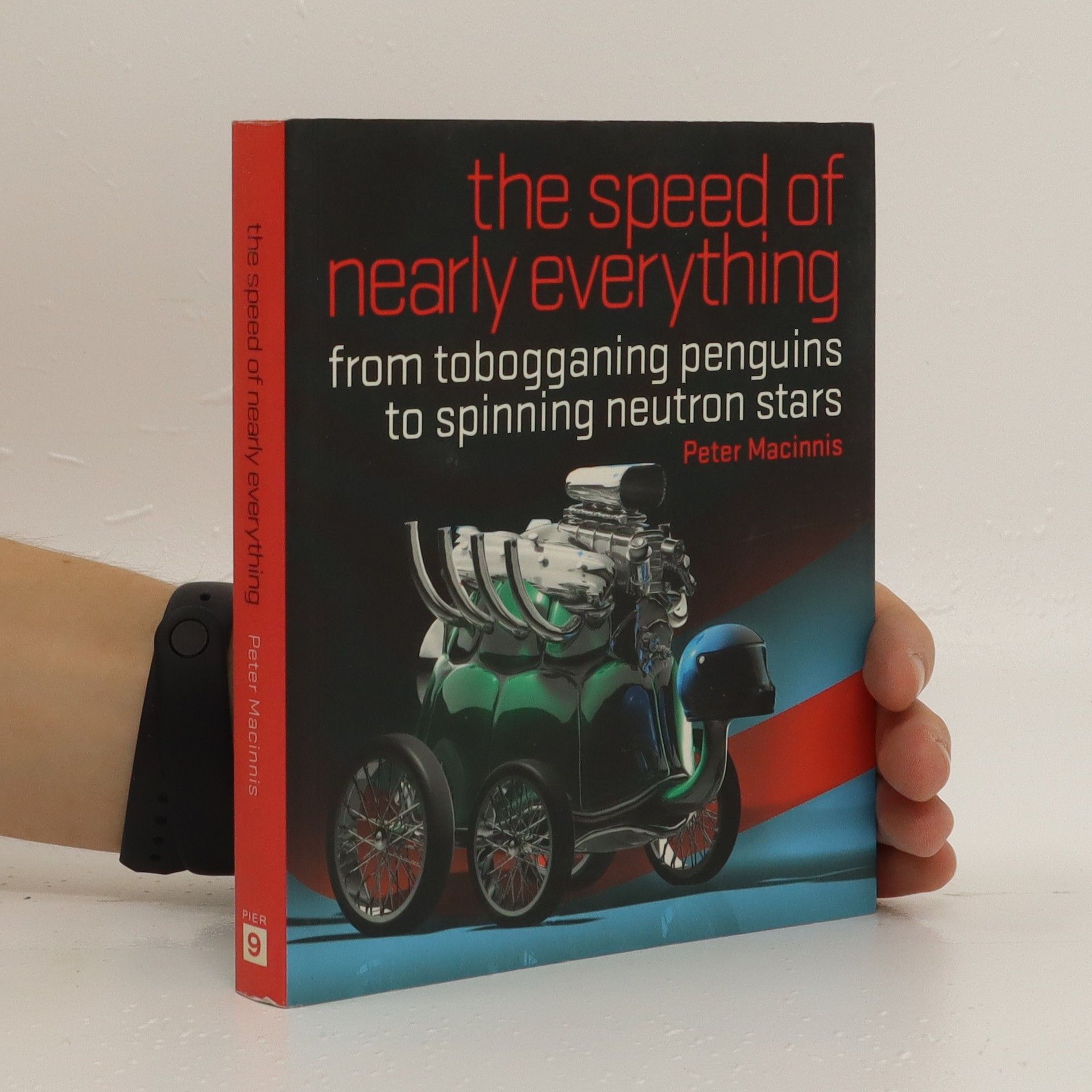Poisons permeate our world. They are in the environment, the workplace, the home. They are in food, our favorite whiskey, medicine, and well water. They have been used to cure diseases as well as incapacitate and kill. They smooth wrinkles, block pain, stimulate and enhance athletic ability. In this entertaining and fact-filled book, science writer Peter Macinnis considers poisons in all their aspects. He recounts stories of the celebrated poisoners in history and literature, from Nero to Thomas Wainewright, and from the death of Socrates to Hamlet and Peter Pan. From cyanide to strychnine, from Botox to ricin and Sarin gashave you ever wondered about their sources? Where do they come from? How do you detect something that can kill you in a matter of seconds? Macinnis methodically analyzes the science of these killing agents and their uses in medicine, cosmetics, war, and terrorism. With wit and precision, he weighs these questions and many more: Was Lincolns volatility caused by mercury poisoning? Was Jack the Ripper an arsenic eater? Can wallpaper kill? For anyone who has ever wondered and been afraid to ask, here is a rich miscellany for your secret questions about toxins.
Peter Macinnis Book order
This author primarily focuses on history and science, crafting works that appeal to both adult and young readers. Their writing is characterized by an accessible yet engaging style, making complex subjects understandable and fascinating. Drawing from extensive travel and a deep appreciation for the natural world, their narratives are enriched with insightful observations. The author's distinctive voice and ability to blend educational content with compelling storytelling mark them as a significant literary presence.





- 2011
- 2010
100 grosse Sprünge
- 287 pages
- 11 hours of reading
In der Geschichte der Menschheit haben bedeutende Entdeckungen und Erfindungen unser Verständnis des Universums und den menschlichen Fortschritt entscheidend geprägt. Diese Sammlung präsentiert die wichtigsten Durchbrüche in Wissenschaft, Technik, Medizin und anderen Bereichen menschlichen Strebens, beginnend mit der Beherrschung des Feuers. Die Themen reichen von der Entwicklung der Landwirtschaft vor etwa 10.000 Jahren über die Entdeckung von Metallen und die Erfindung der Schrift bis hin zur Bestimmung der Erdform, der Erfindung des Mikroskops und der Entdeckung des Blutkreislaufs. Weitere Meilensteine sind die Erklärung der Schwerkraft, die Entdeckung der Narkose, die Entwicklung des Verbrennungsmotors, die Erfindung des Telefons, die Entdeckung der Hormone und die Entwicklung des Computers. Auch die Entdeckung der ersten Planeten außerhalb des Sonnensystems und die moderne Genomforschung mit ihren innovativen Techniken zur Genmanipulation werden behandelt. Das Buch erzählt die faszinierenden Geschichten der Männer und Frauen hinter diesen Entdeckungen und macht komplexe Konzepte verständlich. Mit anregenden Texten und eindrucksvollen Bildern veranschaulichen die 100 Kapitel die großen Sprünge, mit denen die Menschheit bedeutende geistige, wissenschaftliche, technologische und kulturelle Grenzen überwunden hat.
- 2009
"The A Social History" explores the strange coming-together of means, opportunity and motive in the middle of the nineteenth century, and the lasting social changes that followed when the lawn emerged as the dominant feature of the modern built environment. After the lawn, leisure time would never be the same again. This book explains, in fascinating detail, how the lawn mower was the key enabling technology that let grass dominate the environment. And how, the enabling technology that in turn allowed suburbs to exist was commuter transport - as only suburbs gave enough space between and around the houses for lawns to fit. The author goes on to explain how mowers and suburbs would not have been enough to drive the lawn craze if people had not firmly believed that ownership of a lawn was proof that the owner was a person of status and wealth. "The A Social History" takes the reader on a compelling journey that explains the origins of the lawn and how it changed the very way we live. Illustrated with contemporary images, this absorbing exposition on how the lawn, which we all take for granted, has become an integral part of our very existence.
- 2008
The Speed of Nearly Everything is a fascinating almanac of facts, statistics and stories about the speed of virtually everything - speed records; comparative speeds; relative speeds; optimal speeds; fastest speeds; slowest speeds; human, animal, mechanical and natural speeds. These are gathered together in an easy-to-follow, original design, and explained in an engaging narrative by leading science writer Peter Macinnis. The statistical element is supported by fascinating discussions, historical anecdotes and speed trivia, both serious and silly.
- 2006
Zabijácka fazuľa z Calabaru a iné príbehy o jedoch a travičoch
- 203 pages
- 8 hours of reading
Fascinujúce čítanie o jedoch rôzneho pôvodu a ich využívaní v prospech iných, alebo naopak zneužívaní v prospech vlastný – a to od dávnej minulosti až po horúcu súčasnosť, okorenené citáciami z literárnych diel a vzácnych herbárov. V medicíne, kozmetike, potravinách, vo vojenskom priemysle, v domácnosti i na pracovisku – všade je možné nájsť nejakú stopu po jede. Ktorý jed bol najpopulárnejší v Starom Ríme? Užíval Jack Rozparovač pravidelne dávku arzénu? Aký jed používali niektorí vrcholoví športovci na zvýšenie svojho výkonu? Odpovede na tieto a mnohé ďalšie otázky nájdete v tejto nesmierne zaujímavej knihe.